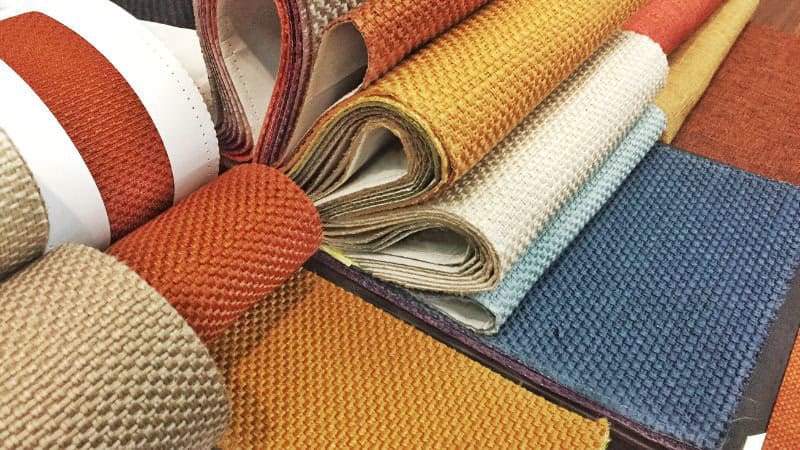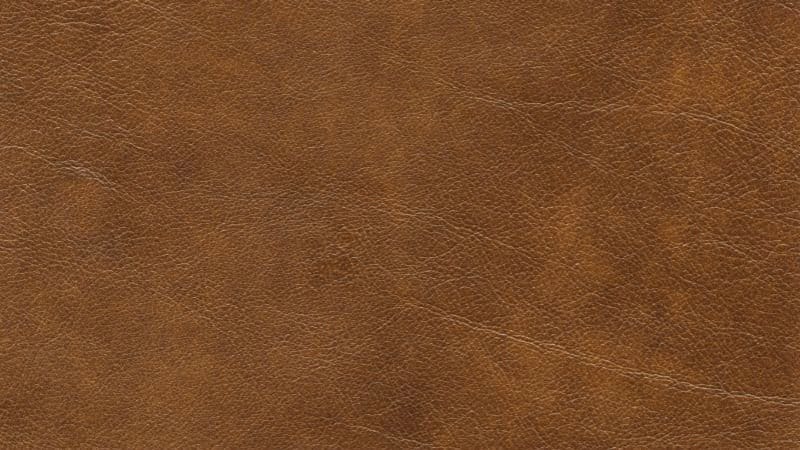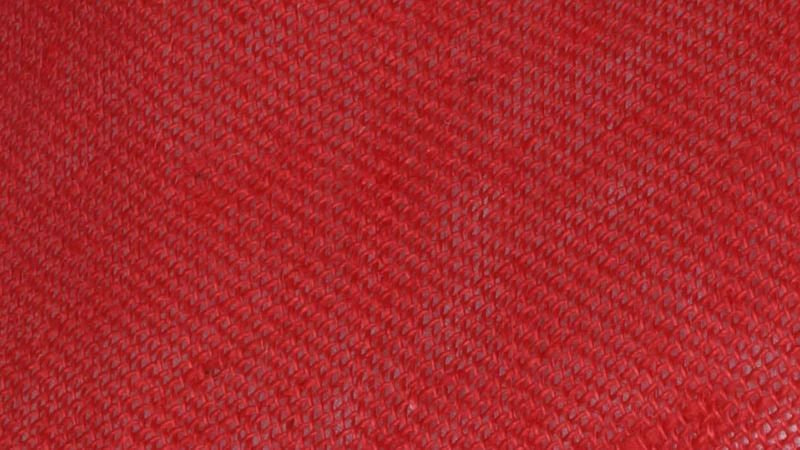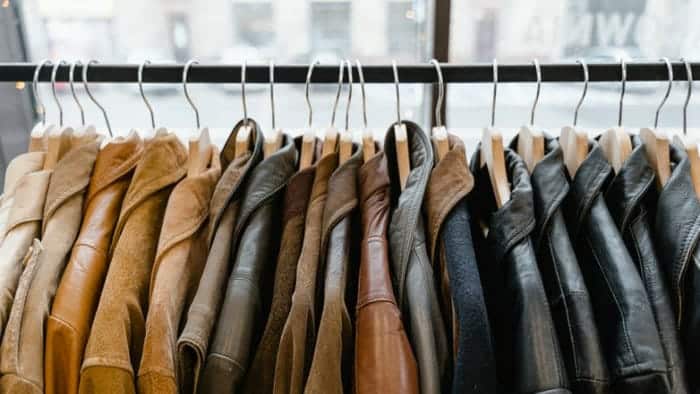
Faux leather, also known as synthetic or artificial leather, has become an increasingly popular leather alternative for furniture, clothing, accessories, leather boots, and more. Made from plastics like polyvinyl chloride (PVC) and polyurethane (PU), faux leather offers the look and feel of real leather at a lower cost.
However, an important question lingers – is faux leather actually waterproof? Can these synthetic materials withstand exposure to spills, rain, snow, and moisture like their genuine leather counterparts?
In this article, we will uncover the truth about faux leather’s water resistance. We review factors like the manufacturing process, protective coatings, perforations, and care techniques to understand how waterproof different types of synthetic leather can be. Real-world testing scenarios are explored to demonstrate faux leather’s durability when wet. Additionally, we provide tips on maintaining and improving water protection for your faux leather items.
Overview of Faux Leather
Faux leather, also known as vegan leather, artificial leather, synthetic leather, or pleather, is your alternative to genuine leather which offers a similar look without the use of animal-derived materials. It’s a synthetic fabric created from a plastic base, often polyurethane (PU) or polyvinyl chloride (PVC), which is then treated with wax, dye, or polyurethane to produce the color and texture.
It’s typically more affordable than real leather and comes with a level of durability suited for various applications. It’s available in numerous styles and colors, giving you versatility for fashion, upholstery, and more.
Faux leather is notably easy to care for compared to genuine leather. It can endure spills and is simpler to clean, making it an attractive option for items that require low maintenance.
By choosing faux leather, you’re opting for an affordable and versatile material, but it’s always good to be mindful of its synthetic nature and how it may respond differently to certain conditions compared to genuine leather.
How to Define if Leather is Waterproof?
Strictly speaking, the main criteria are the ability to withstand submersion, resist water penetration, retain suppleness, and not require very frequent waterproofing maintenance.
- Ability to withstand full water submersion without damage: True waterproof leather should be able to be fully submerged in water for a period of time without absorbing moisture or becoming damaged. This is a key test of waterproofness.
- Resisting water penetration when exposed to moisture: Waterproof leather should not allow water to penetrate through and be absorbed into the material. It should resist water soaking in upon rain, splashes, etc.
- Retaining suppleness after water exposure: High quality waterproof leather should still feel supple and flexible after getting wet, rather than going stiff.
- Not requiring frequent reapplication of waterproofing treatments: The waterproof properties should persist without needing to constantly re-treat the leather.
Water Resistance in Faux Leather
When it comes to faux leather, the water resistance depends on material composition and the presence of protective coatings.
Quality of Faux Leather: Materials and Composition
The composition and manufacturing of faux leather significantly impact its water resistance. The denser the material, the less likely it is to allow water penetration.
- PVC-based faux leather tends to have a higher water resistance, making it more impervious to moisture penetration.
- PU-based faux leather is less water-resistant than PVC because it is usually softer and more porous.
Age and Wear
As faux leather ages, it can become more susceptible to water damage. Frequent use may lead to cracks and creases, which compromise the protective surface and increase the likelihood of water seeping through.
Protective Coatings
The level of water resistance in faux leather is often enhanced by:
- A polyurethane coating acts as a barrier against moisture.
- Surface treatments and finishes that can be applied during manufacturing to repel water more effectively.
Note: Even with protective coatings, faux leather can eventually succumb to water damage, especially with repeated or long-term exposure. The protective layer may wear away over time, so you may want to consider additional waterproofing treatments for a prolonged lifespan.
Maintenance and Care
Regular maintenance can strengthen the water resistance of faux leather. Applying waterproofing sprays or sealants can provide an additional barrier against moisture.
Cleaning and Maintenance Techniques of Faux Leather
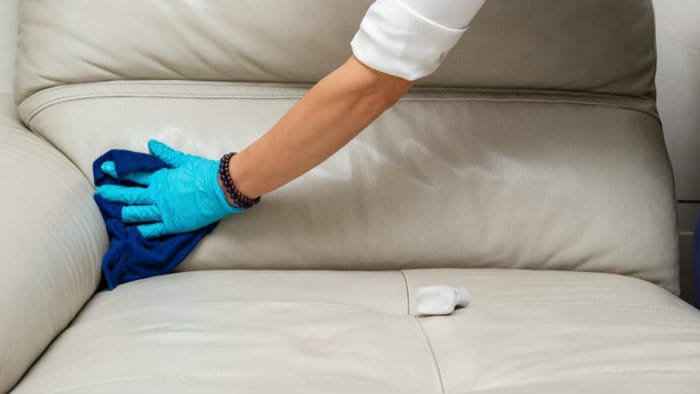
To clean faux leather, begin by wiping down the surface with a damp cloth to remove any dust or dirt. For a deeper clean, mix a solution of warm water with a drop of mild detergent, apply it gently with a soft cloth, and then wipe it off with a clean, dry cloth.
- Routine Care:
- Wipe with a damp cloth regularly.
- Use a mild detergent mix for deeper cleans.
- Addressing Stains:
- Attack spills immediately with a clean cloth.
- Avoid abrasive cleaners that can damage the material.
Waterproofing Products for Faux Leather
Applying a waterproofing spray specifically designed for faux leather can add an extra layer of protection. Alternatively, for a more natural approach, applying a thin layer of a wax-based product can help to repel water.
- Sprays:
- Read instructions carefully before application.
- Test on a small, inconspicuous area first.
- Waxes:
- Use only suitable wax-based products.
- Apply evenly and sparingly to avoid residue buildup.
How to use wax
To wax faux leather:
- Gather your materials:
- Clean buffing cloth
- Cold water in a medium-sized pan
- Prepare the faux leather:
- Clean the faux leather surface thoroughly with mild soap and water.
- Let it dry completely.
- Apply the wax:
- Apply a small amount of wax to the buffing cloth.
- Gently rub the wax into the faux leather surface in a circular motion.
- Apply additional wax as needed to cover the entire surface.
- Let the wax soak in for 30-60 minutes.
- Buff the surface:
- Use a clean buffing cloth to buff the surface of the faux leather.
- This will help to remove any excess wax and create a smooth, even finish.
- Repeat the process:
- Repeat steps 4 and 5 two to three times to build up a few layers of protective coating.
- Let the wax dry completely between each application.
- Maintain the wax finish:
- Reapply the wax every few months to maintain the protective finish.
Environmental Considerations

When considering the waterproof qualities of faux leather, it’s important to also think about the environmental impact. Faux leather may pose certain environmental concerns:
- Chemical Usage: PVC faux leather involves chemicals like plasticizers, which can be harmful to the environment if not managed properly.
- Toxin Release: Upon disposal or incineration, faux leather can release toxins such as phthalates and emit dioxins, impacting both air and water quality.
To minimize your environmental footprint, consider these tips:
- Choose Eco-Friendly Alternatives: Seek out faux leathers made from plant materials like cork or mushroom leather, which are more sustainable.
- Proper Maintenance: Extend the life of your faux leather items by cleaning and caring for them according to the manufacturer’s instructions, reducing the need for frequent replacement and waste.
- Recycling Options: Look for recycling programs that accept faux leather to avoid it ending up in landfills.
Remember, by being conscious of environmental considerations, you can make choices that better align with a sustainable lifestyle while still enjoying the practical benefits of faux leather.
Water resistance of Different Types of Leather
Based on the information provided in the search results, here is a summary of the water resistance of different types of leather:
1. Full grain leather:
- Most water resistant and durable leather type. Can withstand some rain and spills. Not fully waterproof.
2. Top grain leather:
- Very water resistant. Slightly less than full-grain leather. Can withstand some rain and spills.
3. Other leathers (suede, nubuck, etc):
- Lower inherent water resistance. More prone to water damage and staining. Need protection.
4. Treated/conditioned leather:
- Waterproofness depends on the treatment used. Can improve resistance.
5. Patent leather:
- Has a plastic coating that makes it very water resistant. Withstands more exposure than untreated.
All in all, faux leather has more inherent water resistance compared to real leather due to its synthetic plastic coating. However, faux leather is not completely waterproof.
Whether additional waterproofing treatments are applied, like wax or sealant sprays can enhance faux leather’s water resistance.
So while the plastic content provides a base level of water resistance, faux leather benefits from additional protection to improve and maintain its waterproofing abilities.
With proper maintenance, high-quality faux leather can remain water-resistant for everyday use. But it may still absorb water when submerged over long periods.


